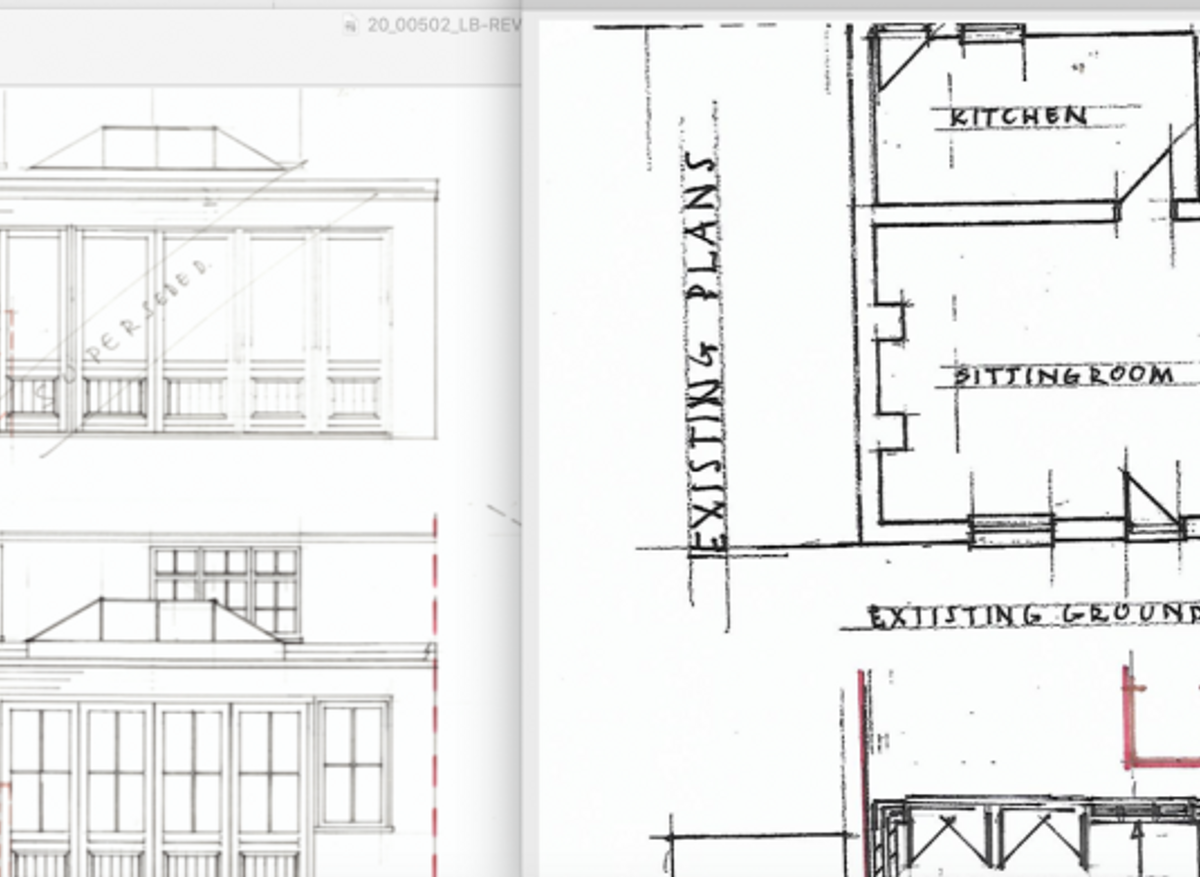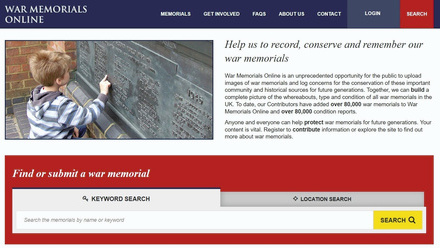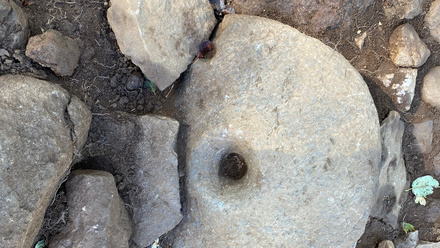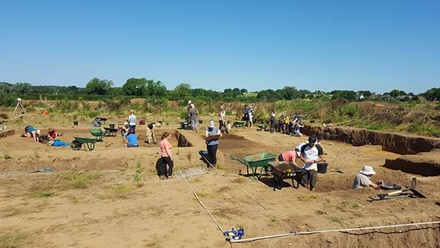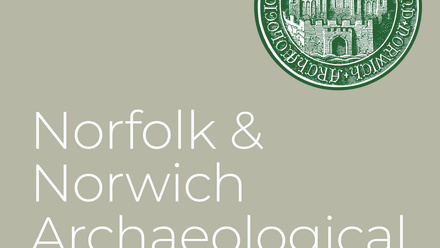In 2012 I found myself at one of those ‘life crossroads’; my second child would soon be starting school, returning to the job I did in ‘life before kids’ was totally unfeasible but I desperately needed to do “something”. My brain was gasping for a bit of stimulation and I felt there was a lot of life left in which to pursue a career I was interested in. I spread all my cards out on the table and did a full 360 degrees scan for the right direction. The archaeology department at the University of York provided the answer in the form of a Masters degree combining Cultural Heritage Management, Conservation Studies and Buildings Archaeology, which I studied part time over 2 years. I absolutely loved it.
With the dedication of a mature student, who had spent enough years playing with train tracks and reading about the adventures of animated tractors, I picked up every module going over those 2 years. I supplemented studying with work placements and took up volunteering opportunities. I was already on a committee to find a sustainable way forward for a nearby parish church, where a horizon scanning church warden could see the writing on the wall for this 11th century rural church with an aging congregation of about 15 people. A key moment for me was when Claire Smith, who was the Listed Building Caseworker for England at the CBA, came to give a lecture on the role of the National Amenity Societies in relation to heritage protection within the planning system. She was looking for volunteers to support her work. I signed up.
Volunteering with Claire was the start of an apprenticeship in assessing planning applications for their impact on the significance of listed buildings. What started as popping round to the CBA office in York for a couple of hours a week went on to become a commitment to supporting CBA casework for a couple of years, continuing with Claire’s successor in the role, Suzanne Lilley. In 2016 the CBA spearheaded the development of a shared database hub with the other National Amenity Societies and the possibility of paid employment, managing this database opened up. I went from volunteering with CBA casework to supporting the work of other volunteers in keeping a casework database up to date with the consultations we receive from Local Planning Authorities across England and Wales. This role developed into becoming Assistant Caseworker for England in 2018 and Acting Caseworker for England in April this year.
What was effectively an apprenticeship under Claire, Suzanne and later Bob taught me about taking an archaeological approach towards assessing the impact of planning proposals on the historic environment. There is inevitably a process of adaption, evolution and change within the historic environment. The role of Listed Building Caseworkers is supporting the appropriate management of this change. This requires identifying what is significant about a place, conserving that and finding where and how a valid contemporary contribution to the ongoing narrative of a place can best fit.
Listed buildings are designated for the contributions that they make towards our physical historical record. They come in all forms, shapes and sizes. The CBA prioritise multi-phased buildings in our casework, often these are vernacular buildings. When approached as an archaeologist these buildings demonstrate the historical development of a site, revealing evidence of past human activity in a similar way to buried archaeology. The key difference being that stratigraphy is not revealed in linear layers. CBA caseworkers look at the plan-form and elevations of buildings to see how sites have morphed from one iteration into another over time. Extensions to buildings often reveal technological advances or shifting trends in building techniques. Off-shots tell us about when and how people moved the dirty jobs of daily domestic life out of their main living areas, reinforcing an internal hierarchy of spaces. Window shapes help to date programmes of works to specific periods. The quality of the execution of different phases can evidence the economic security of farms, for example, at different periods in their history. The contrast between principal and rear elevations of houses tell us about people’s public expressions of social status.
The CBA support informed change to historic buildings, provided the evidential value of earlier uses and adaptations are not destroyed in the process. Assessing planning applications and responding to consultations from local planning authorities is the way in which CBA casework plays its role in caring for heritage within the planning system and supporting the appropriate management of the historic environment.
I love the casework aspect of my job, I feel that the direction I set out on in 2012 has come good in finding my way to a role that I find interesting and rewarding. I haven’t lost sight of the importance of the volunteering opportunities along the way that helped me get to where I am now. Another really important part of my job is supporting other volunteers in helping them get valuable experience within this area of the heritage sector. Whether its for a continued interest in the CBA’s work or the historic environment or a springboard in career development, CBA casework depends on the mutually beneficial relationship that we have with our volunteers.
Contact details
Catherine Bell
Council for British Archaeology

